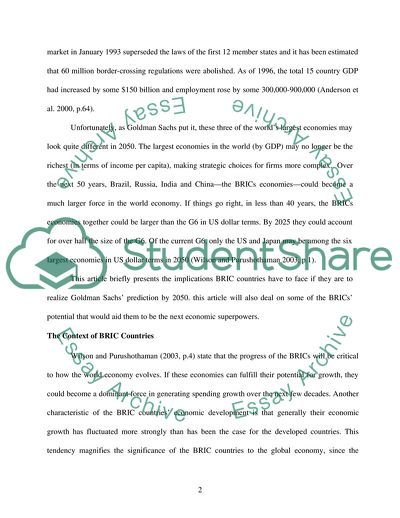Cite this document
(The Implications of Goldman Sachs's Forecast for Economies and Firms Article, n.d.)
The Implications of Goldman Sachs's Forecast for Economies and Firms Article. Retrieved from https://studentshare.org/macro-microeconomics/1703402-the-implications-of-goldman-sachss-forecast-of-bric-for-economies-and-firms-currently-within-the-triad
The Implications of Goldman Sachs's Forecast for Economies and Firms Article. Retrieved from https://studentshare.org/macro-microeconomics/1703402-the-implications-of-goldman-sachss-forecast-of-bric-for-economies-and-firms-currently-within-the-triad
(The Implications of Goldman Sachs'S Forecast for Economies and Firms Article)
The Implications of Goldman Sachs'S Forecast for Economies and Firms Article. https://studentshare.org/macro-microeconomics/1703402-the-implications-of-goldman-sachss-forecast-of-bric-for-economies-and-firms-currently-within-the-triad.
The Implications of Goldman Sachs'S Forecast for Economies and Firms Article. https://studentshare.org/macro-microeconomics/1703402-the-implications-of-goldman-sachss-forecast-of-bric-for-economies-and-firms-currently-within-the-triad.
“The Implications of Goldman Sachs'S Forecast for Economies and Firms Article”. https://studentshare.org/macro-microeconomics/1703402-the-implications-of-goldman-sachss-forecast-of-bric-for-economies-and-firms-currently-within-the-triad.


